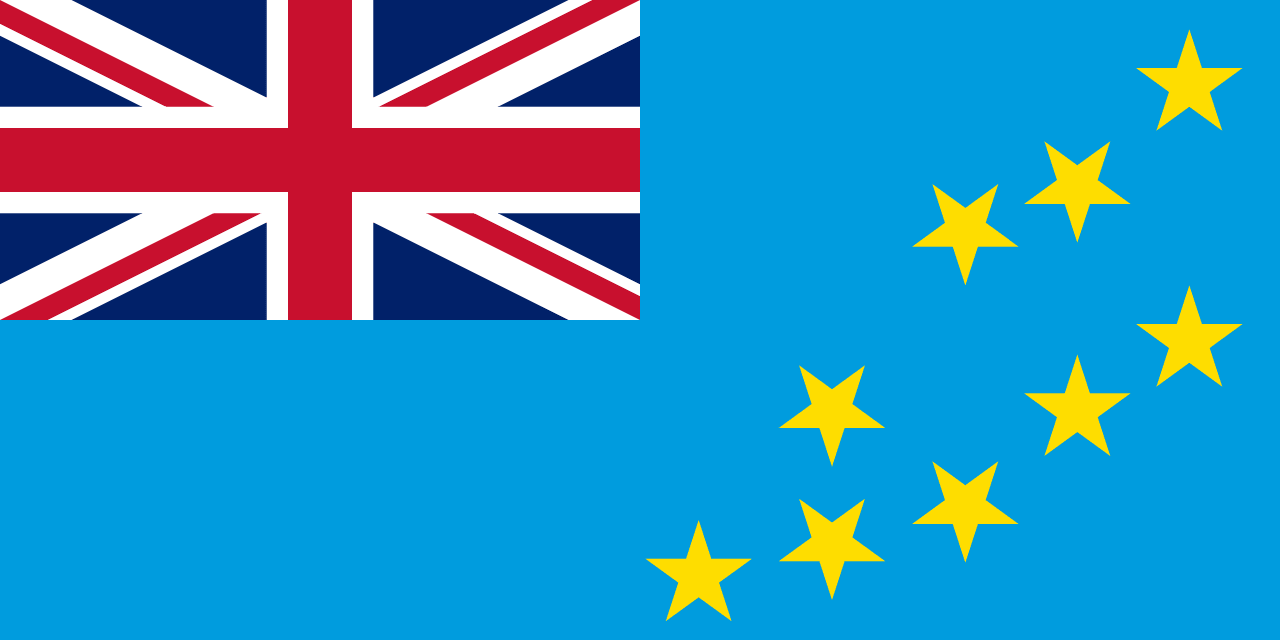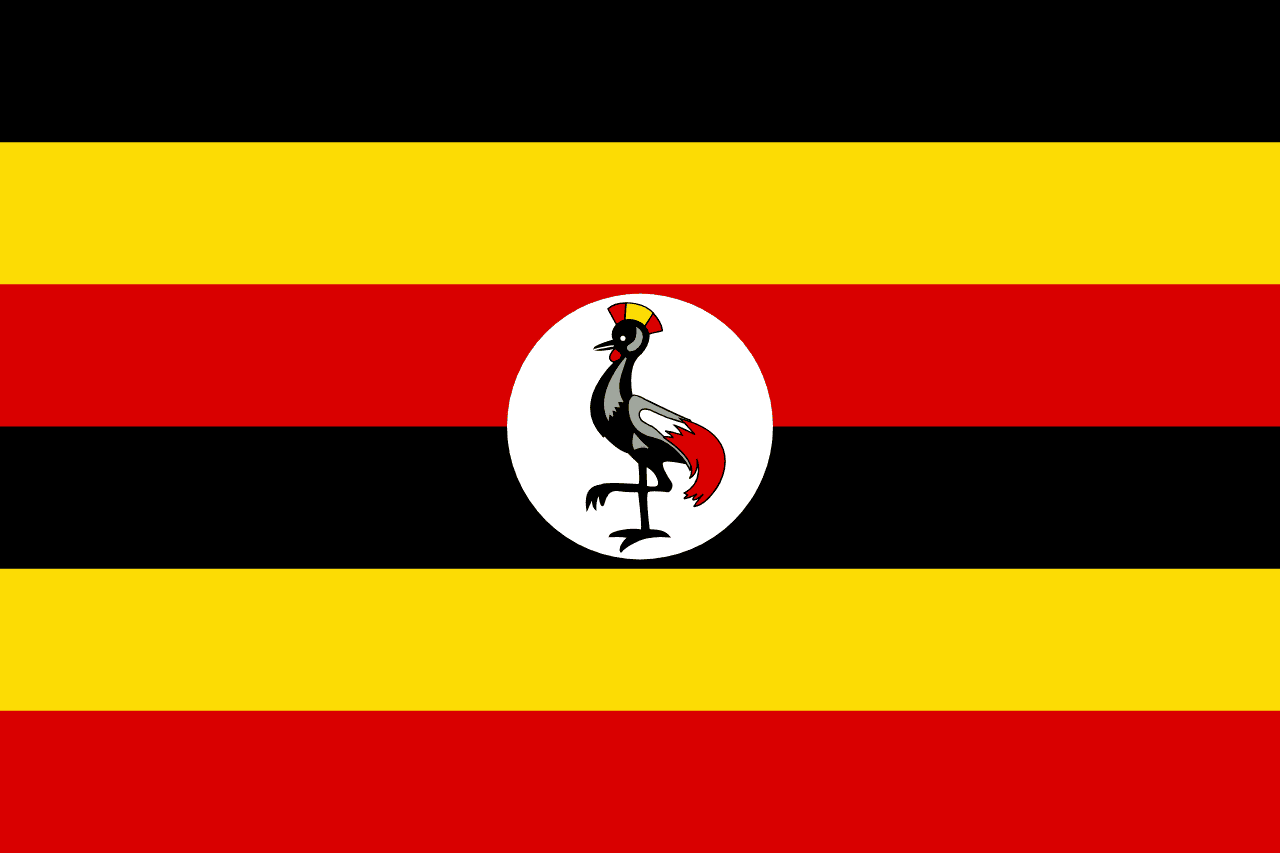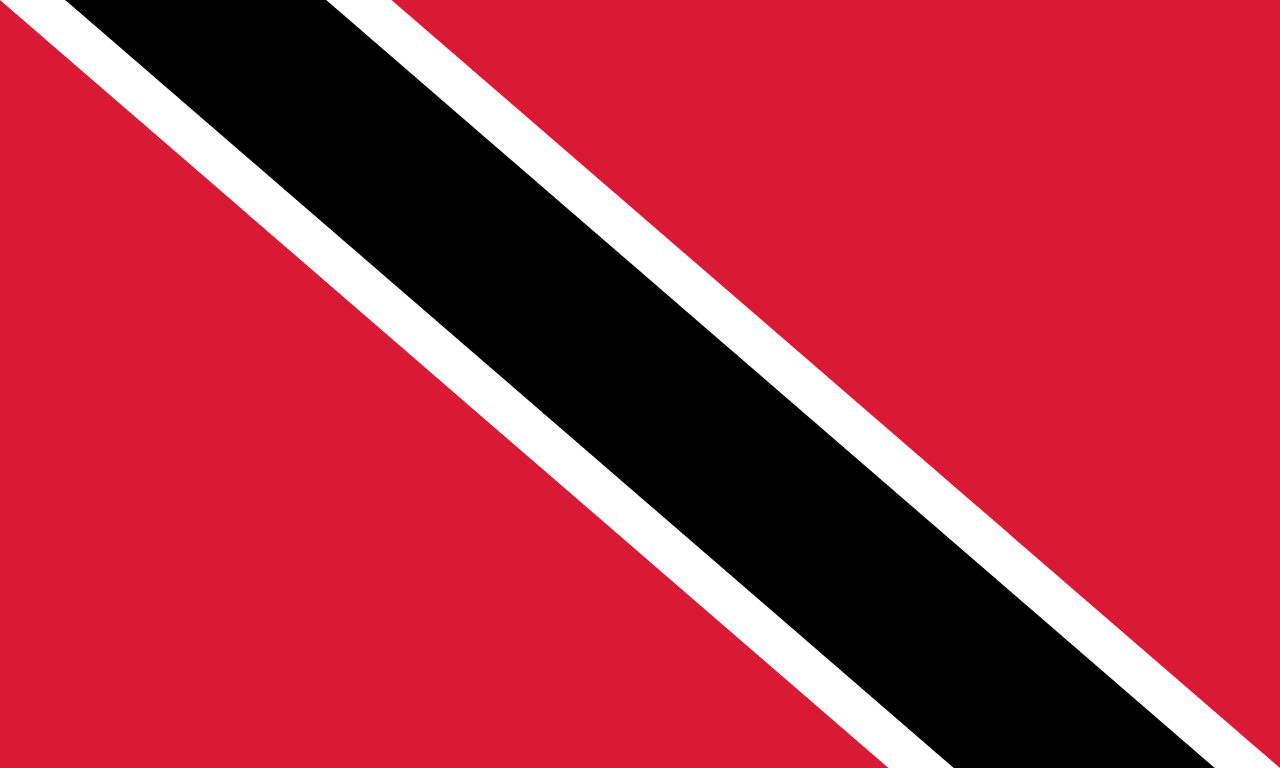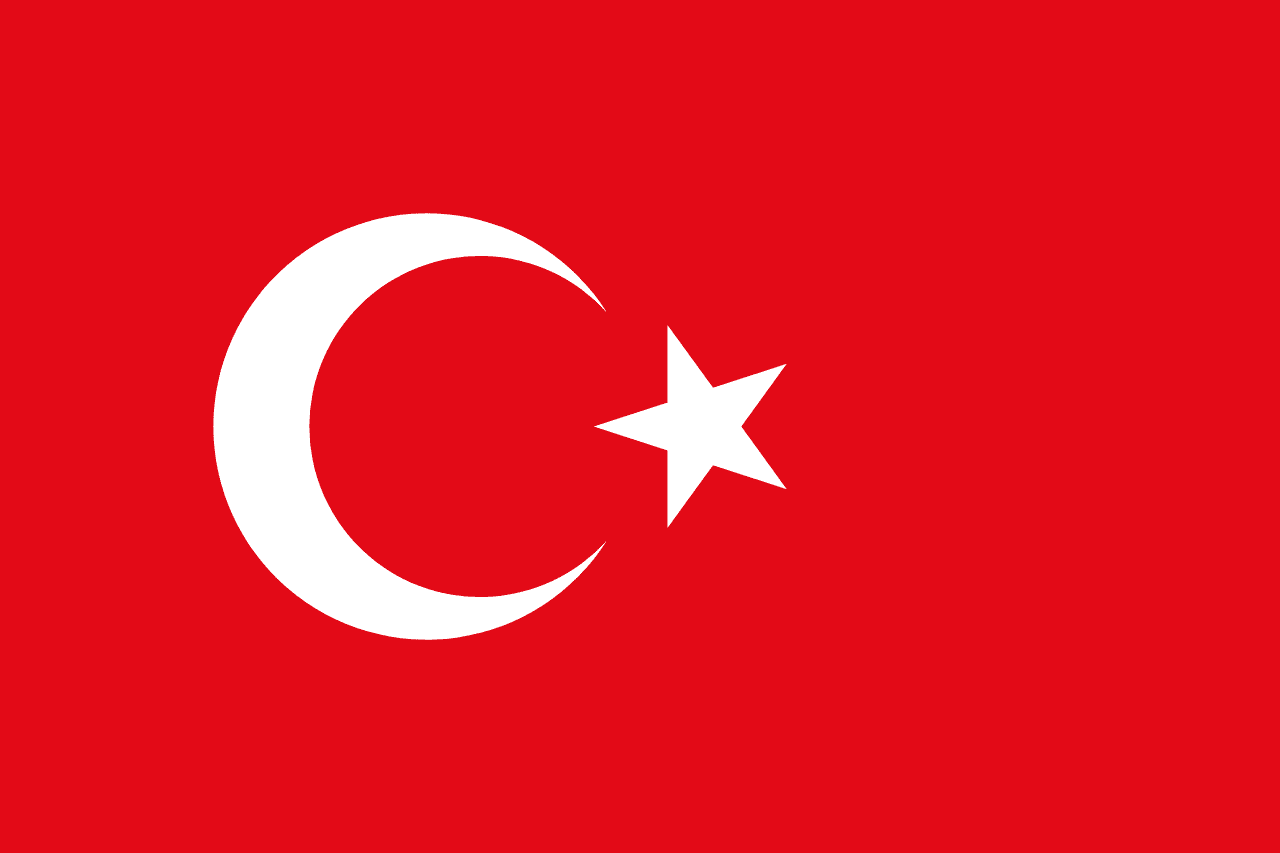The flag of Turkmenistan features a complex and symbolic design consisting of a green field with a vertical red stripe near the hoist side, which contains five carpet guls (traditional patterns). To the right of the stripe is a white crescent moon and five white stars. This intricate design reflects Turkmenistan's rich cultural heritage, Islamic traditions, and national identity, with the green field symbolizing Islam, the predominant religion in Turkmenistan, and also representing the country's lush vegetation and agricultural wealth.
Turkmenistan information
| National Flag Day | February 19th |
| Sovereign state | Yes |
| Official name | Turkmenistan |
| Capital | Ashgabat |
| Population | 5,662,441 |
| Area | 491,210 km² |
| Currency | Turkmenistan manat (TMT) |
| Language | Turkmen |
| Continent | Asia |
| Region | Central Asia |
| Subregion | Central Asia |
| Borders | Afghanistan, Iran, Kazakhstan, Uzbekistan |
| Timezone | Turkmenistan Time (TMT) UTC+5 |
| Calling code | +993 |
| Top-level domain | .tm |
History of the Turkmenistan flag
 The current flag of Turkmenistan was officially adopted on February 19, 1992, shortly after the country gained independence from the Soviet Union in 1991. The flag's design was part of a broader effort to establish a distinct national identity and break away from Soviet symbolism. It was created to represent Turkmenistan's cultural heritage, Islamic traditions, and aspirations for the future.
The current flag of Turkmenistan was officially adopted on February 19, 1992, shortly after the country gained independence from the Soviet Union in 1991. The flag's design was part of a broader effort to establish a distinct national identity and break away from Soviet symbolism. It was created to represent Turkmenistan's cultural heritage, Islamic traditions, and aspirations for the future.
Symbolism and design of the Turkmenistan flag
Each element of the Turkmenistan flag carries deep symbolic meaning:
- The green field symbolizes Islam, the predominant religion in Turkmenistan. It also represents the country's lush vegetation and agricultural wealth.
- The vertical red stripe near the hoist side represents the country's progress and vitality. It also pays homage to the traditional red color used in Turkmen carpets.
- The five carpet guls within the red stripe are traditional Turkmen tribal emblems. They represent the five major tribes or regions of Turkmenistan: Teke, Yomut, Arsary, Chowdur, and Saryk.
- The white crescent moon is a symbol of Islam and represents hope for a bright future.
- The five white stars symbolize the five regions (welayatlar) of Turkmenistan. They also represent the five traditional virtues of the Turkmen people: hospitality, justice, courage, wisdom, and caution.
Usage and significance of the Turkmenistan flag
 The flag of Turkmenistan is a powerful symbol of national identity and pride. It is prominently displayed on government buildings, schools, and during national celebrations such as Independence Day (September 27th) and Neutrality Day (December 12th). The flag serves as a unifying emblem, reminding Turkmen citizens of their shared history, cultural heritage, and collective aspirations for the future.
The flag of Turkmenistan is a powerful symbol of national identity and pride. It is prominently displayed on government buildings, schools, and during national celebrations such as Independence Day (September 27th) and Neutrality Day (December 12th). The flag serves as a unifying emblem, reminding Turkmen citizens of their shared history, cultural heritage, and collective aspirations for the future.
In international contexts, the Turkmenistan flag represents the country at diplomatic events, United Nations gatherings, and global sports competitions. It embodies Turkmenistan's sovereignty and its unique position as a Central Asian nation with a rich cultural tapestry.
Interesting facts about the Turkmenistan flag
- Turkmenistan is renowned for its exquisite carpets, and the inclusion of carpet guls in the national flag is a unique feature among world flags.
- The flag's design has undergone minor modifications since its adoption, with the most recent change in 2001 adjusting the size and positioning of the crescent and stars.
- Turkmenistan's flag is one of the most complex national flags, incorporating intricate traditional patterns within its design.
- The country has strict laws regarding the use and treatment of the national flag, reflecting its importance in Turkmen society.
- Turkmenistan celebrates National Flag Day on February 19th, commemorating the date of the flag's adoption.





